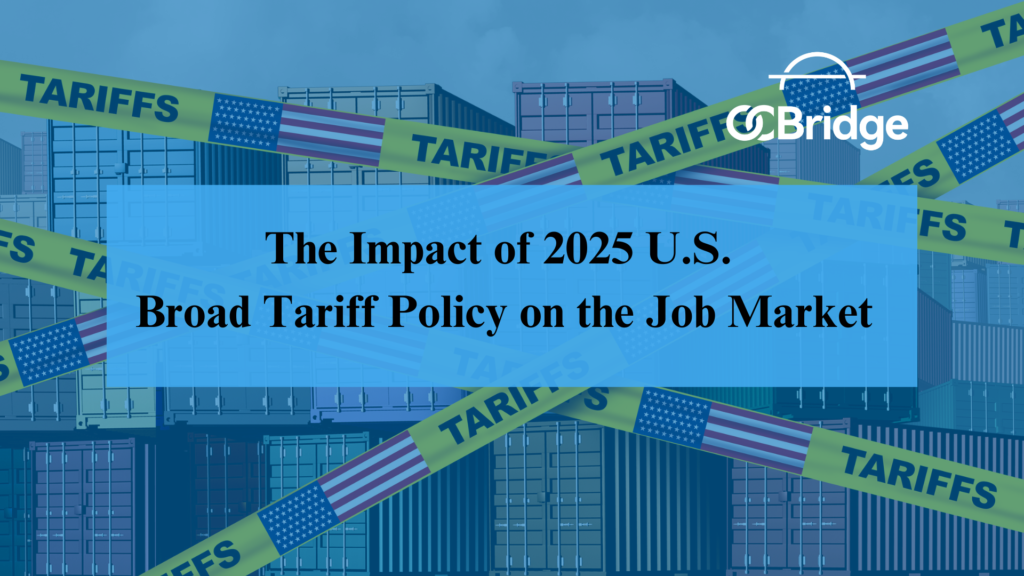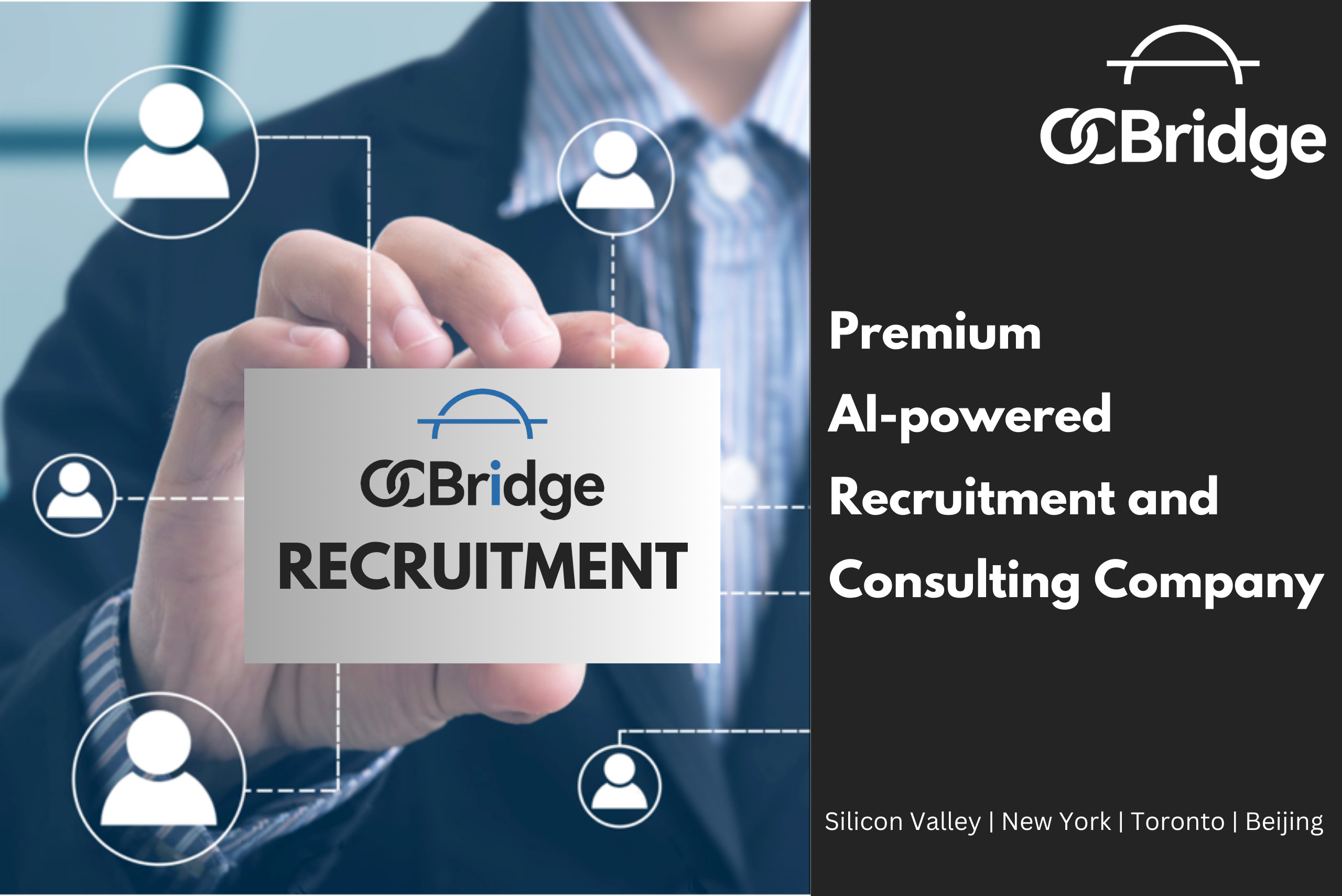The Impact of 2025 U.S. Broad Tariff Policy on the Job Market
A Turning Point for Employers, Employees, and Workforce Strategy
In April 2025, the U.S. government launched one of its most aggressive trade policies in decades—placing new tariffs on nearly all imported goods. A baseline tariff of 10% was applied across the board, with much higher rates targeting specific countries. China was hit hardest, facing tariffs as high as 125%, and in some cases, even up to 145%. These actions, called the “global goods tariff,” pushed average U.S. tariff levels to their highest point in nearly a century. Major trade partners quickly responded with their own tariffs, sparking global economic tension.
To ease growing concerns, the White House announced a 90-day pause on most of the new tariffs. However, this pause does not apply to Chinese imports, which continue to face full tariff rates. In response, China raised its own tariffs on U.S. goods to 125%, targeting key sectors like agriculture and energy.
While the temporary pause may bring short-term relief for some industries, uncertainty remains high. Businesses are already feeling the effects—through disrupted supply chains, delayed investments, and growing concerns about jobs and hiring. If trade tensions continue, the economic impact is likely to grow even more in the second half of 2025.
What the Numbers Say—But Don’t Tell the Full Story
At first glance, March’s labor market report painted a healthy picture:
- 228,000 jobs added (vs. 135,000 forecasted)
- Unemployment ticked up slightly to 4.2%, largely due to higher workforce participation
But beneath the surface, cracks are forming. The job gains were concentrated in services sectors like healthcare, social assistance, retail, and logistics—many tied to pre-tariff inventory stockpiling. Meanwhile, manufacturing employment showed near-zero growth, hinting at the early stages of an industrial slowdown.
Consumer sentiment offers an even starker warning:
- The Conference Board’s Expectations Index plunged to 65.2—a 12-year low and well below the 80-point recession threshold.
These forward-looking indicators suggest the current labor market strength may not last.
Employer Perspective: From Confidence to Caution
The tariff announcement sparked immediate cost concerns across industries. According to NFIB data, 30% of small businesses now rank “trade tariffs” as their top business concern—a steep jump from just 8.3% the previous quarter.
Companies dependent on imported materials are under acute pressure.
- Stellantis suspended operations at several North American plants due to cost spikes and supply chain delays, leading to the temporary layoff of 900 U.S. workers.
- Many manufacturers and automakers are shelving hiring plans or shifting operations abroad to lower-tariff regions like Mexico, Vietnam, and India.
Rather than fueling domestic job growth, the policy appears to be driving offshoring, uncertainty, and stalled expansion. These dynamics echo lessons from the 2018–2019 trade tensions, where short-term protectionism led to long-term employment volatility.
Employee Perspective: Rising Risks, Limited Rewards
While headline unemployment remains low, workers are beginning to feel the strain:
- Economists now project the jobless rate could rise to 4.7% by year-end, particularly in export-sensitive sectorslike agriculture, aerospace, and advanced manufacturing.
- Some factories have already cut hours, paused hiring, or moved to part-time schedules.
- New graduates and job seekers are seeing shrinking opportunities in traditional industries and must increasingly pivot toward high-demand, resilient fields.
Wages are also under pressure.
- Although average hourly earnings grew 3.8% year-over-year, inflation from tariff-driven price hikes threatens to erode real income—particularly for low- and middle-income workers.
- In this environment, employees face weakened bargaining power, fewer job openings, and increased pressure to reskill or transition into new sectors.
One bright spot: renewable energy and green infrastructure.
- The sector posted 4.9% job growth in 2023, with over 149,000 new roles, driven by public and private investment.
- However, moving into these industries requires access to affordable training, apprenticeships, and policy support for workforce development.
Conclusion: A Fragile Outlook That Demands Strategic Action
The 2025 tariff policy—despite the temporary 90-day pause—has introduced a wave of disruption across the U.S. job market.
For employers, it’s raising input costs, halting hiring, and clouding investment decisions. For employees, it’s a growing storm of uncertainty, wage pressure, and the need to adapt quickly to a shifting economy.
As we move further into 2025, one thing is clear: the labor market’s next chapter will demand flexibility, foresight, and resilience. Whether the tariff policy evolves into a prolonged trade standoff or is dialed back through negotiation, both employers and workers must prepare for a more uneven, globally entangled employment landscape.



